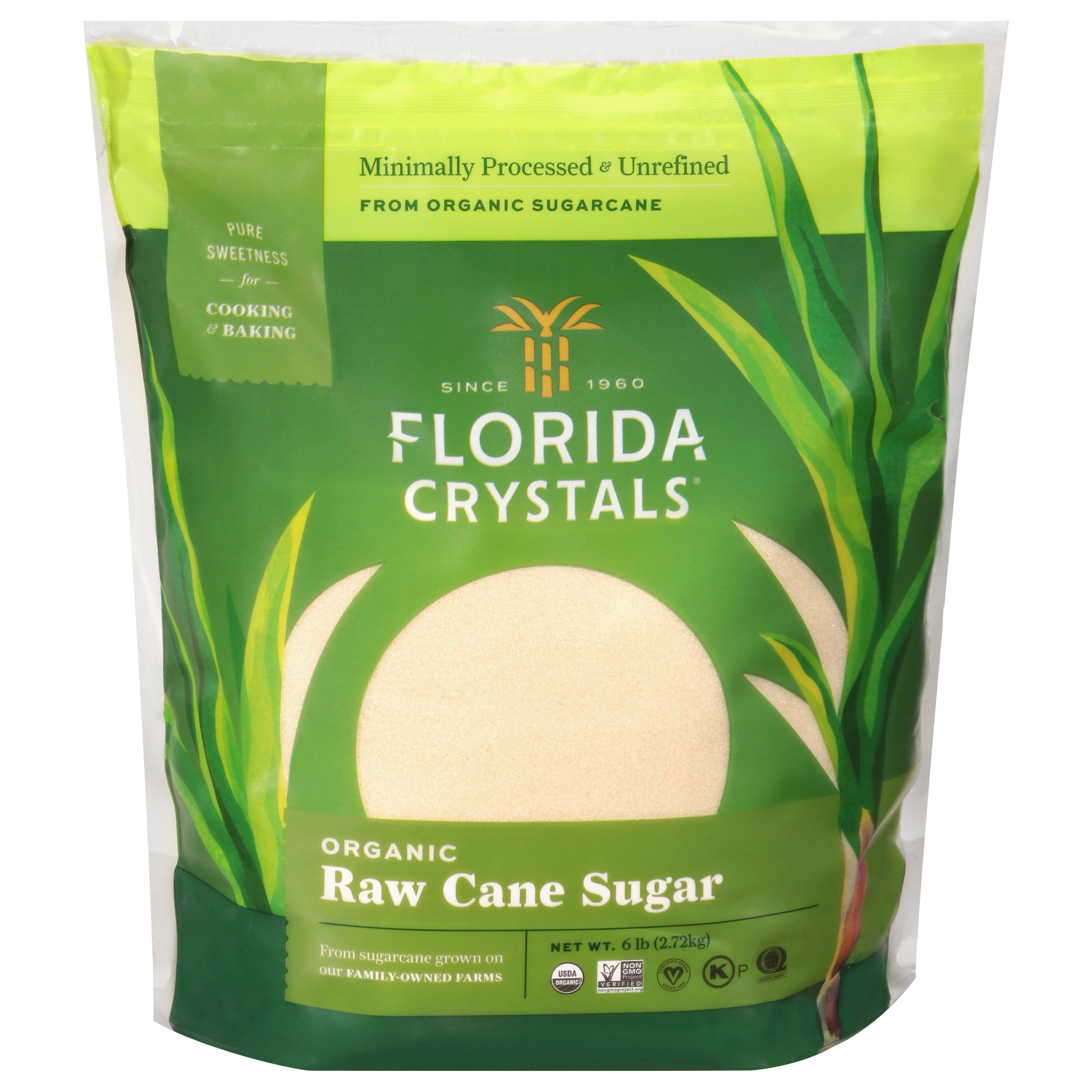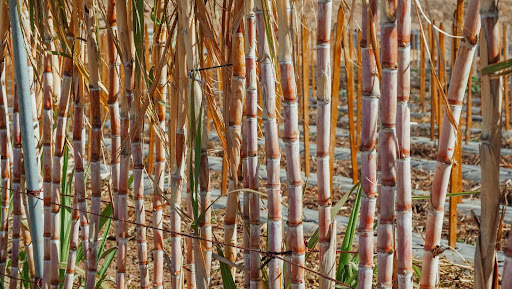Comprehending Cane Sugar Processing: A Comprehensive Summary of the Stages
Comprehending Cane Sugar Processing: A Comprehensive Summary of the Stages
Blog Article
A Comprehensive Overview to the Environmental Impact and Sustainability Practices in Cane Sugar Processing
The environmental effect of walking cane sugar handling offers an intricate array of difficulties that warrant careful examination. From soil destruction and excessive water use to the carbon footprint connected with growing and manufacturing, the consequences of typical techniques are far-reaching. In contrast, the fostering of innovative sustainability procedures provides a pathway toward more accountable production approaches. Understanding the interplay between these issues is critical for stakeholders in the industry. What details methods can be implemented to strike a balance between performance and environmental stewardship? The solutions hinge on a more detailed take a look at both the challenges and potential options.
Overview of Walking Cane Sugar Handling
Walking stick sugar processing includes a collection of methodical actions that transform sugarcane right into refined sugar. Initially, collected sugarcane is transported to processing centers, where it undergoes cleaning up to eliminate dirt and particles. Following this, the walking stick is crushed to extract juice, which is then clarified by getting rid of contaminations through home heating and the enhancement of lime.
The made clear juice undergoes dissipation, where water is eliminated to concentrate the sugar material. These crystals are divided from the remaining syrup using centrifugation, resulting in raw sugar.
The final item is then dried out and packaged for distribution. Throughout this entire procedure, preserving efficiency and high quality control is vital to make sure the sugar meets industry standards. Each step in cane sugar handling not only adds to the last product but also has implications for resource use and waste generation, setting the phase for conversations on sustainability and environmental impacts connected with sugar production.
Ecological Challenges of Manufacturing
The production of walking stick sugar presents a number of significant environmental difficulties that warrant focus. One primary issue is the substantial use agrochemicals, including pesticides and fertilizers, which can bring about dirt deterioration, biodiversity loss, and contamination of local water sources. The runoff from sugarcane areas often brings these chemicals right into close-by ecological communities, disrupting water life and affecting the health and wellness of areas reliant on these water bodies.
An additional challenge is the high energy usage related to sugarcane processing. The boiling and refining stages call for substantial warm, largely created by melting fossil fuels, contributing to greenhouse gas exhausts. Additionally, the extensive land location required for sugarcane growing can result in logging and habitat destruction, more exacerbating environment adjustment and threatening wildlife.
Additionally, the labor techniques in some regions raise ethical worries, as workers might face bad working conditions and poor earnings. This circumstance typically bolsters a cycle of destitution in local communities. Cane Sugar Processing. Resolving these environmental obstacles is crucial for developing extra lasting methods in cane sugar production, ultimately profiting both the environment and the communities associated with this market
Water and Land Use Effect
Water resources and land use are vital elements in the cane sugar industry that considerably impact the environment. The cultivation of sugarcane calls for substantial water input, with quotes suggesting that it can consume approximately 2,000 liters of water per kilogram of sugar generated. This intensive use water frequently causes exhaustion of local water sources, impacting not just the sugarcane vineyards however likewise bordering environments and areas that rely on the exact same water sources for agriculture and domestic usage.

In addition, land use for sugarcane farming can lead to logging and the conversion of all-natural habitats right into monoculture plantations. This practice reduces biodiversity, interferes with regional ecosystems, and adds to soil degradation. The more development of sugarcane areas commonly trespasses on beneficial agricultural land, creating competitors for resources in between food and biofuel production.
Sustainable methods, such as maximizing irrigation methods and carrying out crop rotation, are essential to reduce these effects. By taking on extra reliable water usage and land administration techniques, the cane sugar market can minimize its ecological footprint, ensuring a balance between farming performance and environmental conservation.
Greenhouse Gas Emissions
Greenhouse gas emissions stand for a significant ecological problem within the cane sugar handling market, particularly as farming practices broaden to meet international need. The growing of sugarcane, a plant that flourishes in exotic climates, counts heavily on synthetic fertilizers and chemicals, which add to laughing gas exhausts. In addition, land-use changes, consisting of logging for brand-new sugarcane haciendas, launch co2 kept in vegetation and soil.
Throughout check that processing, power consumption is one more major source of greenhouse gas discharges - Cane Sugar Processing. Several sugar mills use nonrenewable fuel sources to power equipment and generate warm, causing considerable carbon footprints. In addition, the transport of raw sugarcane and finished items includes layers of emissions with gas burning in cars
The cumulative result of these emissions intensifies environment adjustment, positioning dangers not only to the environment however additionally to the lasting viability of the market. Stakeholders have to recognize the urgent requirement for detailed techniques that attend to these emissions. This involves assessing present agricultural practices, processing approaches, and transportation systems to determine areas for enhancement and mitigation. Resolving greenhouse gas exhausts is important for cultivating a much more lasting walking cane sugar sector in a changing environment.

Sustainable Practices and Innovations
Lasting methods and innovations are significantly important in the cane sugar processing sector as stakeholders seek to lower ecological effects while preserving performance. One significant development is the application of incorporated crop monitoring, which maximizes resource use by combining soil administration, insect control, and crop turning methods. This method improves yield while minimizing chemical inputs and maintaining soil health.
Furthermore, the fostering of sustainable energy sources, such as biomass from sugarcane deposits, has actually gained grip - Cane Sugar Processing. By transforming waste items into energy, processing centers can minimize their reliance on fossil gas, consequently reducing greenhouse gas exhausts
Water management methods have actually likewise seen renovations via the recycling and reusing of water in handling plants, considerably minimizing freshwater intake. Advancements in modern technology, such as accuracy farming, allow farmers to monitor crop wellness and resource use better, guaranteeing lasting cultivation techniques.
Additionally, qualification programs like Fair Profession and Rain forest Partnership motivate ecologically liable farming techniques and promote social equity within the supply chain. By welcoming these lasting methods and technologies, the anonymous cane sugar handling sector can enhance its durability and add positively to ecological stewardship.
Verdict
The environmental influence of walking stick sugar processing offers considerable obstacles, consisting of soil deterioration, high water consumption, and greenhouse gas emissions, together with honest concerns connected to labor methods. Dealing with these issues through sustainable methods, such as integrated plant administration, renewable resource fostering, and water recycling, is crucial. By promoting environmentally liable and socially fair techniques in sugar manufacturing, the market can alleviate its unfavorable effects, making sure a more lasting future for both communities and communities associated with this industry.
Walking cane sugar handling involves a series of methodical actions that transform sugarcane right into refined sugar. Each action in walking stick sugar processing not just contributes to the last product yet likewise has implications for resource use and waste generation, establishing the phase for discussions on sustainability and ecological influences associated with sugar manufacturing.
Greenhouse gas emissions stand for a substantial environmental worry within the cane sugar processing market, especially as agricultural methods expand to meet worldwide demand.Sustainable techniques and innovations are significantly important in the walking cane sugar processing market as stakeholders look for to minimize ecological effects while keeping productivity.The ecological effect of cane sugar handling offers significant challenges, consisting of soil degradation, high water consumption, and greenhouse gas exhausts, along with ethical worries connected to labor practices.
Report this page